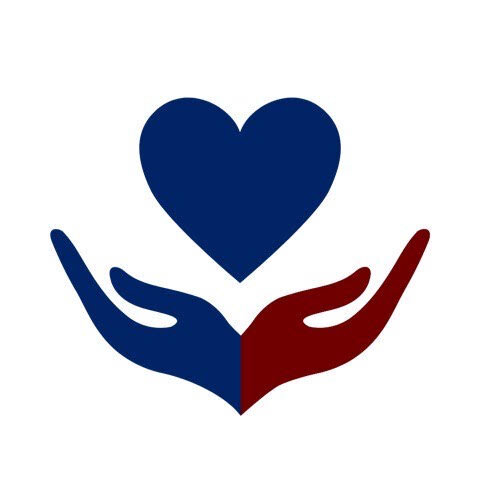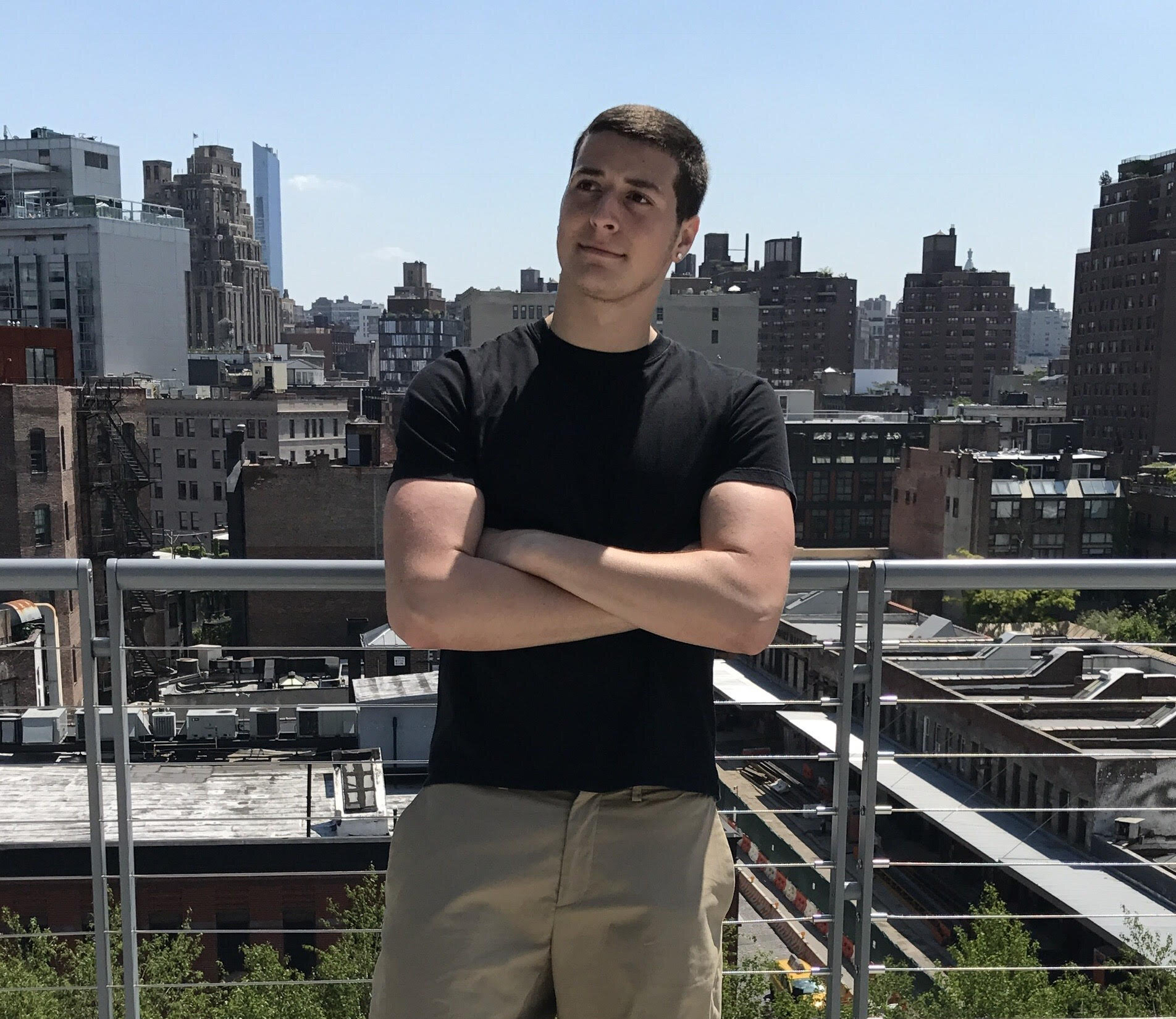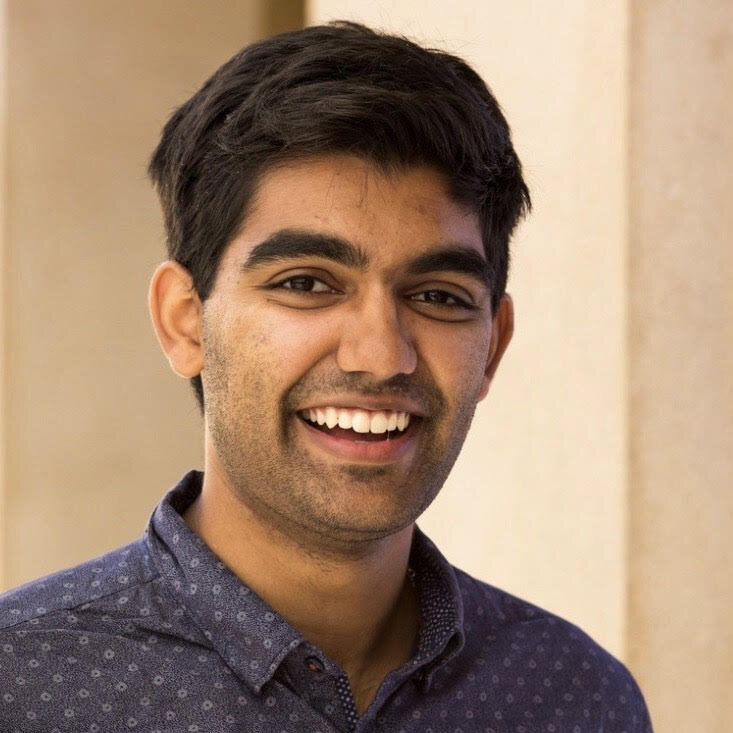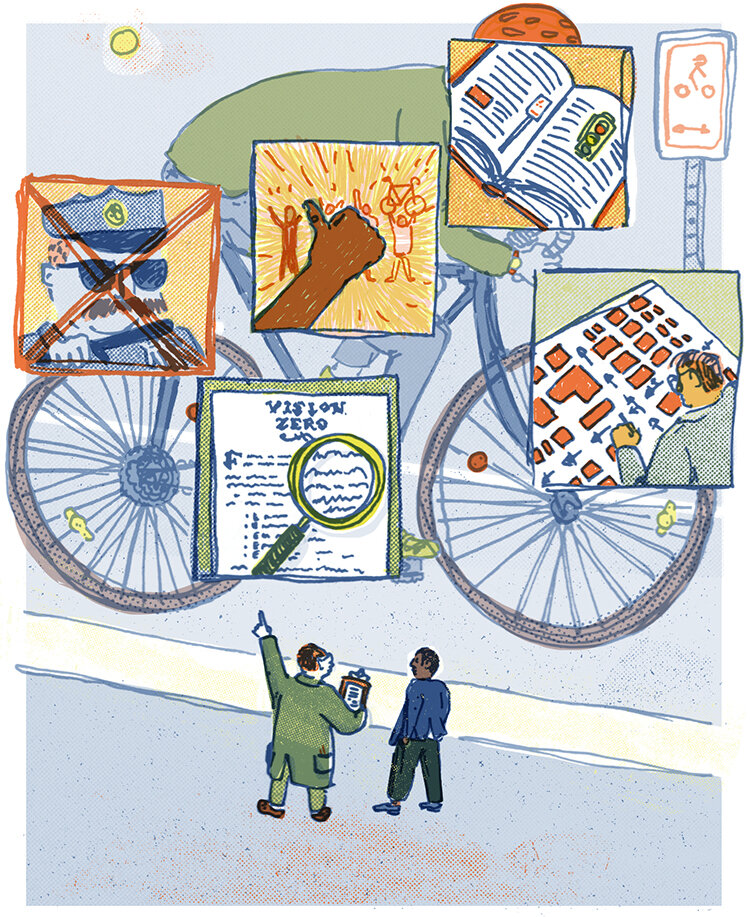While the early days of COVID-19 changed our way of life overnight, those in at-risk communities instantly lost access to vital resources — a reality that prompted a handful of Stanford University students to create a Los Angeles- based organization called LA Helping Hands.
Originally designed to match volunteers with seniors who needed grocery and prescription pickups, LA Helping Hands eventually gained support from the LA Mayor’s Office, and triggered a chain reaction of students replicating this model in other cities, including the Philadelphia area.
Kyle D’Souza, one of the founding Stanford students, returned home to Camden County and rallied several other local college students to form the New Jersey/Philadelphia branch of Helping Hands. Their mission resonated with local organizations, and within only a few weeks, NJ/PA Helping Hands forged partnerships with eight organizations. It also received two grants, one from Peace First, a non-profit that supports youth-led projects, and another grant from the COVID-19 Response Fund, offered by the Stanford Graduate School of Business.

“When we first started putting the word out there, we noticed that a lot of people requesting help were from Philly and neighboring communities — North Philly, West Philly and Camden,” says Joe Miscioscia, a Camden County native and psychology student at Michigan State University who serves as the Ally Program Director for Helping Hands. “Once a community member contacts us, we gage their needs and connect them with a volunteer. This process has helped us to evolve our programming to match their needs.”
Growing the organization has been constant trial-and-error, according to Miscioscia. The organization has a mission to continue tweaking their offerings to best serve the community, and what started with deliveries has evolved into a virtual companionship program, virtual tutoring, and an allyship program.
“Over time, we realized that there was a need for educational assistance for families in financial distress, so we debuted our virtual tutoring program. We learned that seniors were in need of more than just deliveries, so we created our virtual companionship program,” says Miscioscia.
The virtual companionship program has seen participation from about 30 nursing home participants, and more than 40 students have received tutoring help through the virtual tutoring program thus far.
Particularly special to Miscioscia is the allyship program, which he designed in collaboration with Stanford University and Michigan State University. This program seeks to partner with community members in need and connect them to resources, food banks, government aid initiatives, as well as providing guidance through applying for assistance programs.
“Our volunteer training is based on courses from Stanford and MSU. We’ve taken key features from those courses, and training is evolving on a weekly basis,” says Miscioscia. “We’re continuously reevaluating, seeing what works, what doesn’t, and adjusting to have it run more effectively. Particularly for the allyship program, we train our volunteers to info-gather, accurately assess what their matches need, and conduct independent research.”
While the existing Helping Hands programs have helped a number of families and individuals so far, Miscioscia underlined the need for more financial assistance: “The allyship program has helped families get utility assistance and connected people to relief resources, but we’re hoping to get more funding so we can make a bigger impact. We’ve offered a few stipends here and there, but we know people really need more financial assistance.”
NJ/PA Helping Hands currently operates under co-presidents Kyle D’Souza and Danica Bajaj, with six other students helping in additional administrative roles. There are currently 55 volunteers — and matches and volunteers span 21 unique zip codes across NJ and PA. Miscioscia hopes they can boost their volunteer numbers in the coming weeks to serve even more community members.
“We are currently looking for people who can attend training sessions and dedicate 2-3 hours a week volunteering. This type of volunteer role is perfect for those who like talking to people, are willing to do a little research, and who want to get involved and give back to the community,” says Miscioscia. “With new volunteers, we have an initial meeting about the different program opportunities, and they have choices to see how they are most comfortable contributing, and we make sure to set them up for success.”












